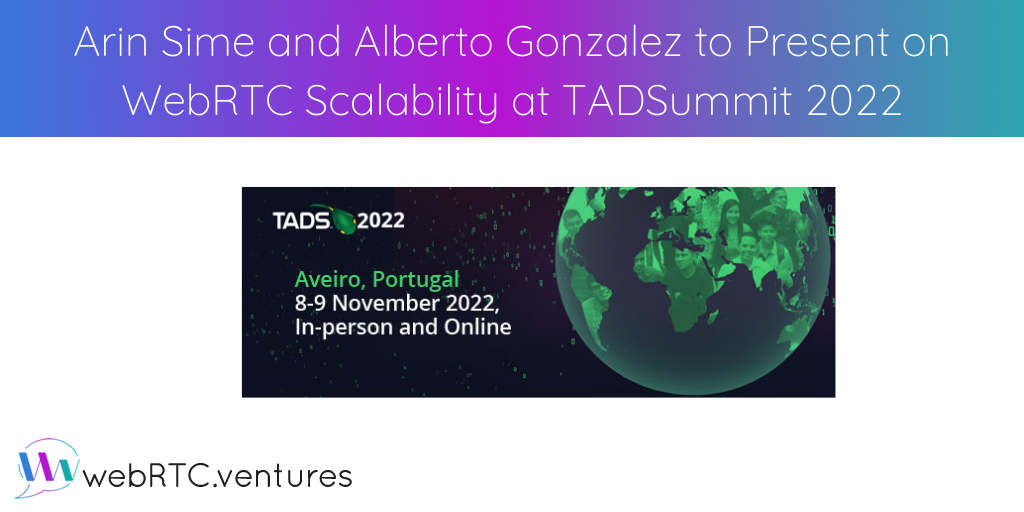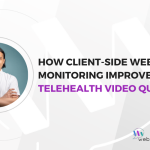At TADSummit EMEA 2022, Arin and Alberto will give an update on the most popular WebRTC media servers to consider. They will also dive deeper into scalability with topics such as deployment using Kubernetes/Docker, persistence when using multiple SFU/MCU servers, and optimizations available with WebRTC for better performance.
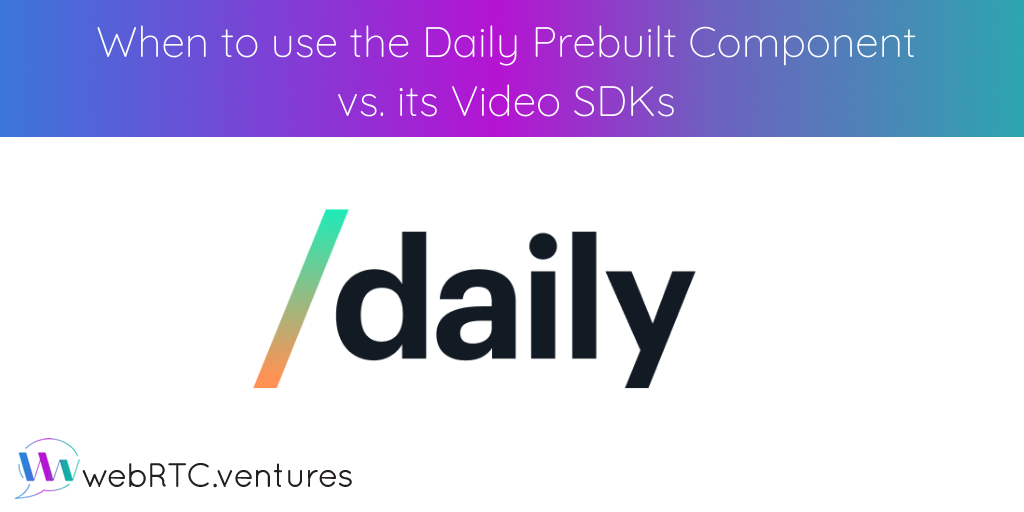
One of Daily’s biggest differentiating features is that they support different ways for developers to build. Let’s look at some reasons you might use the Daily Prebuilt component vs. when your project would require more customization through Daily’s core APIs and video SDKs instead.
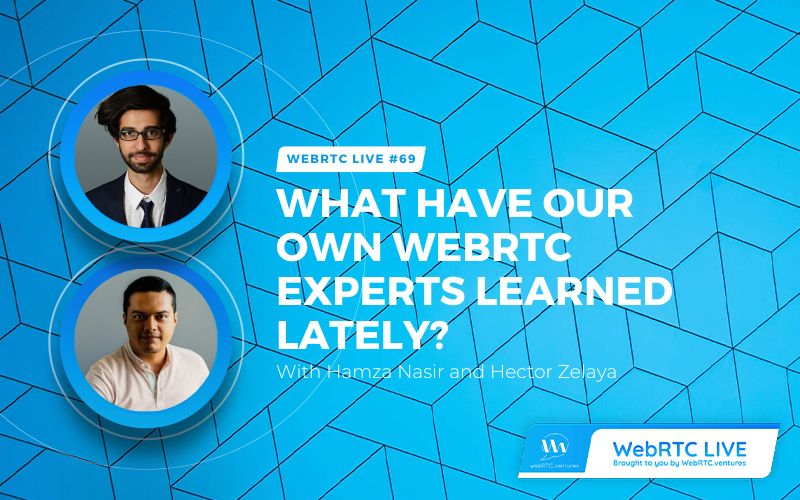
For our 69th episode of WebRTC Live, Arin welcomed two more members of our expert team for the third installment of our WebRTC.ventures Roundtable series. WebRTC Developer Hamza Nasir spoke about “Attention Detection in Video Conferencing.” Senior DevOps Engineer Hector Zelaya explored “Automating Configuration for WebRTC.”
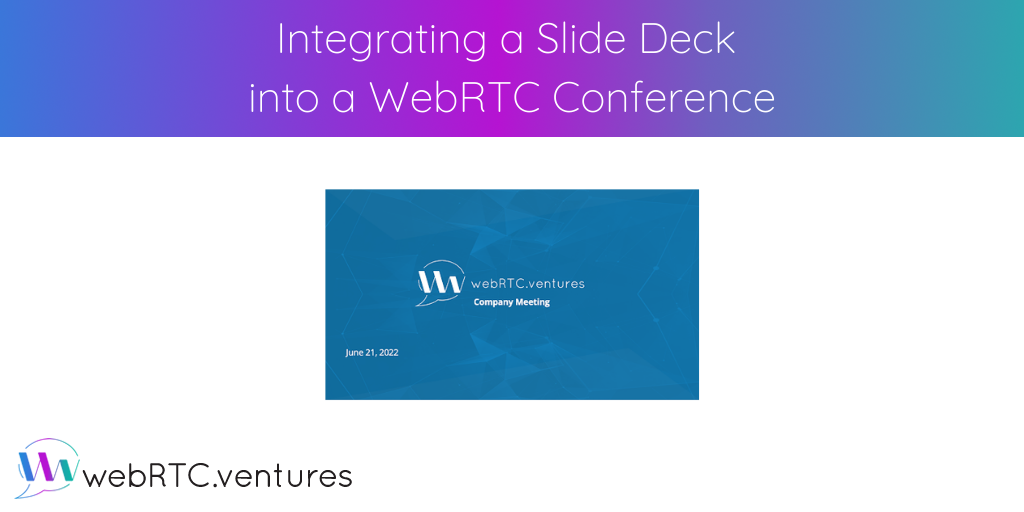
Streaming live video from a webcam or a screen capture into a WebRTC video call is fairly standard among WebRTC applications. This post looks at an implementation of publishing other sources of media, such as a slide deck, into a Vonage Video API call session as an alternative to screen sharing.
